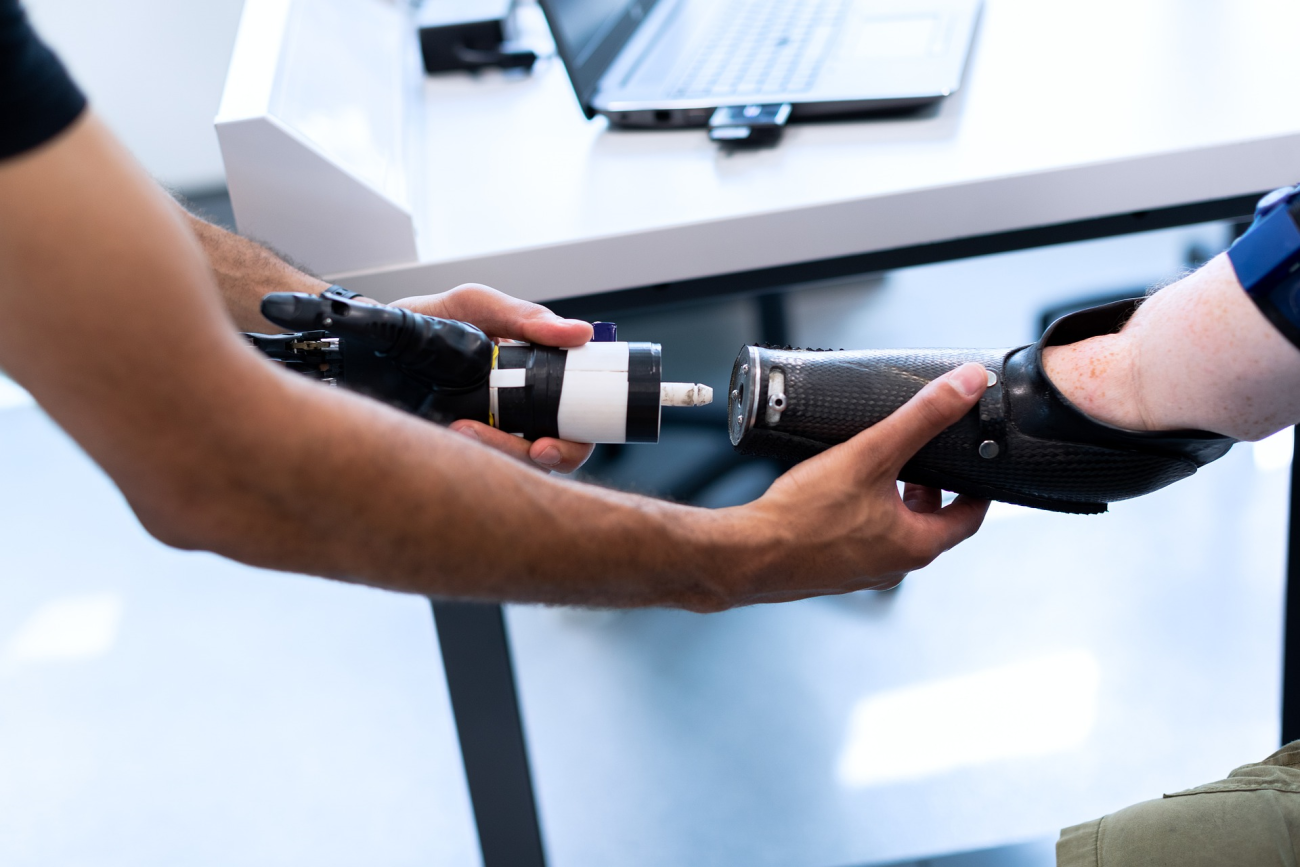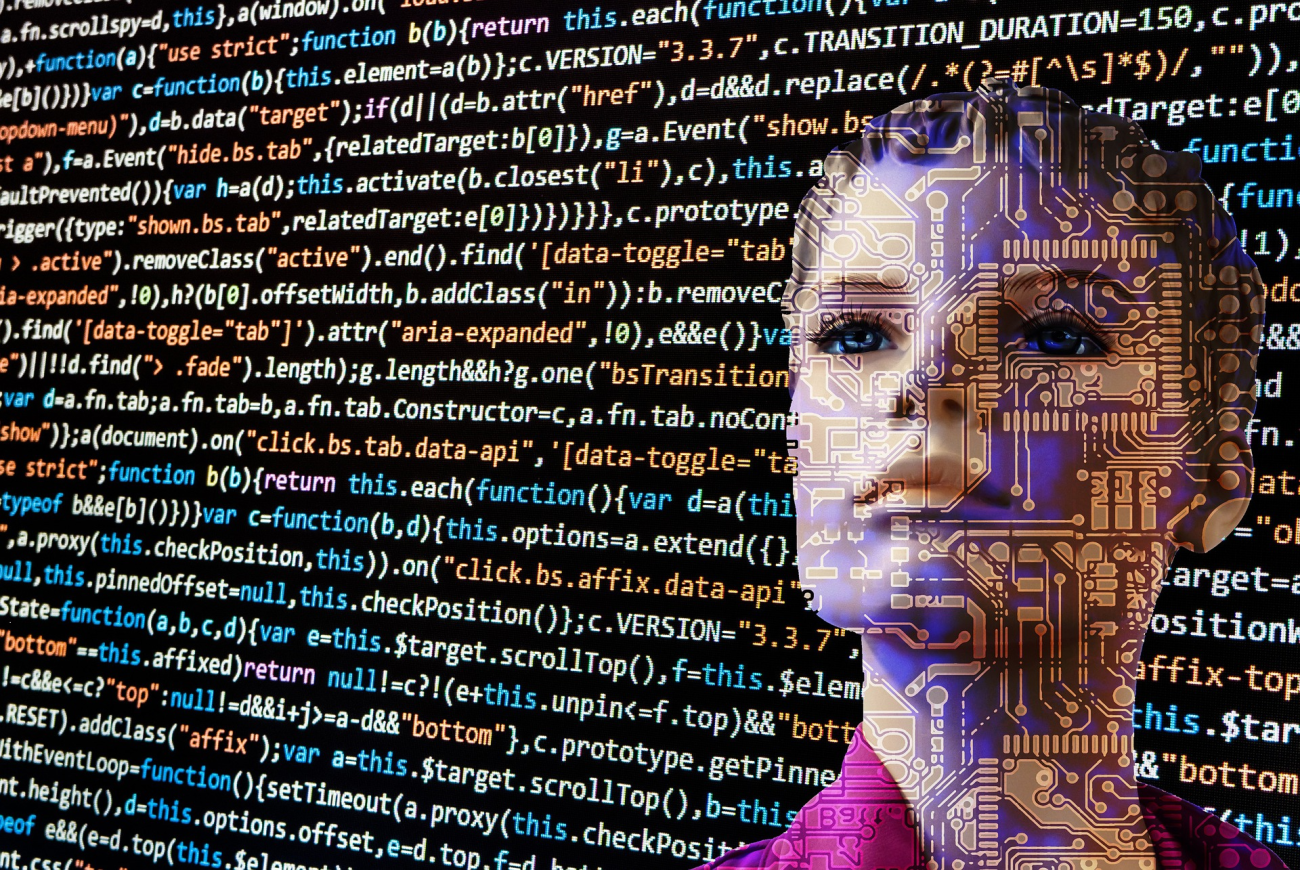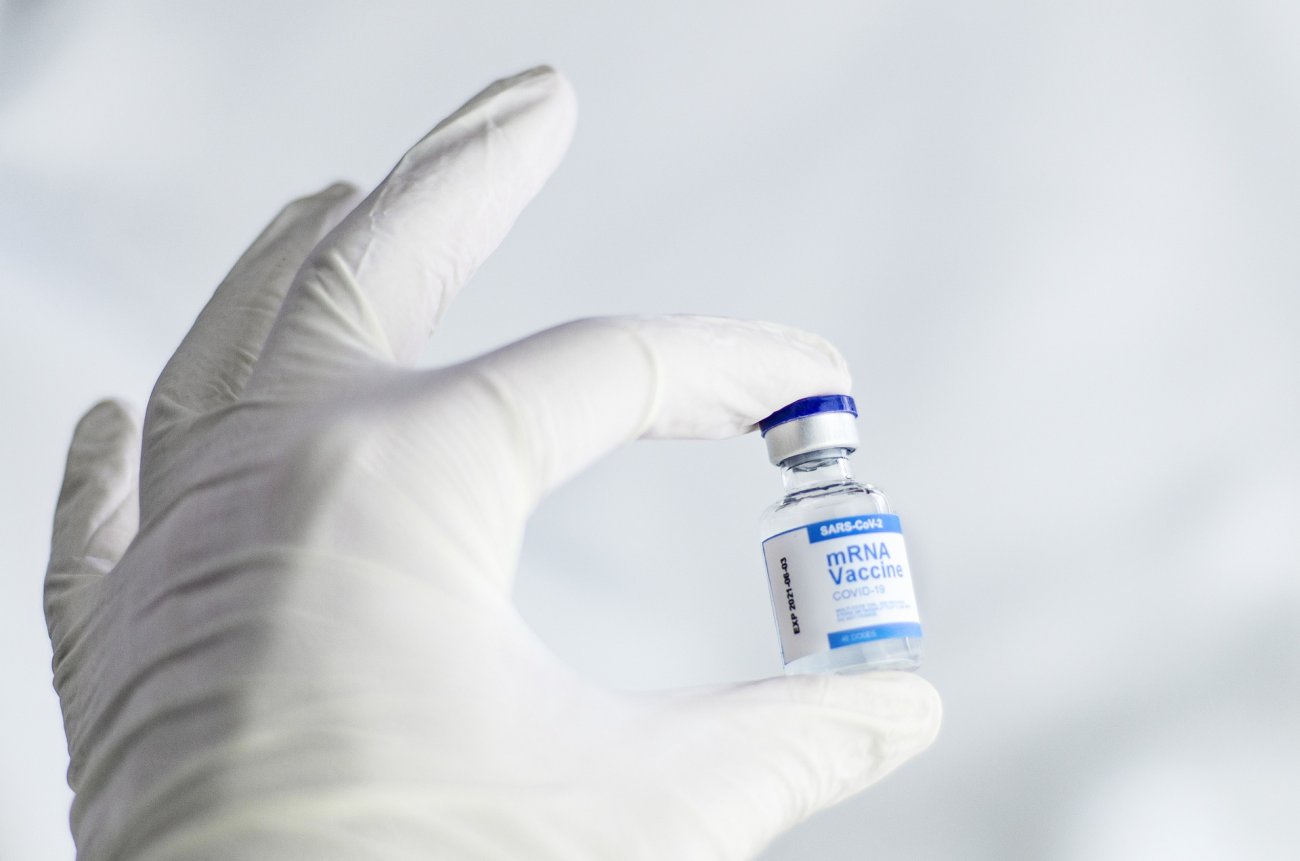

Emerging technologies: what is trending?

Medical innovations enabled by digital technologies
According to the EPO, the Fourth Industrial Revolution (4IR) is paving the way to data-driven economy1. It is not a big surprise that digital technologies, i.e., artificial intelligence (AI), big data, communication (5G) and the Internet of Things (IoT), have a direct impact on how medical experts diagnose and treat patients in this new era. Although the COVID-19 pandemic propelled the market growth, smart healthcare had already shown a consistent growth in the past decade, with 4500 international patent families in 2018(1).
Big data and the IoT are the new foundation of the medical device connectivity market, which covers the need of integrating increasingly complex data sets, managing large number of electronic medical records, and implementing healthcare IT initiatives and healthcare standards. The global medical device connectivity market is projected to reach USD 4.9billion by 2026 from USD 1.7bn in 2021, at an astonishing compound annual growth rate (CAGR) of 24.4%(2).
AI models and techniques can be used in all technology fields and are usually combined with big data, 5G or IoT. AI is used in diagnostic imaging, clinical sample screening, patient monitoring, protein structures identification, drug interactions targeting, DNA and RNA sequences analyses, robotics surgery, and even workloads administration2. Diagnostic imagining alone is estimated with a CAGR of 3.7% between 2017 and 2024 and was estimated to sale USD 51.02bn in 2024(3).

Other uses of new digital technologies are HealthTech solutions (or digital health), that uses databases, applications, wearables and even ingestibles to monitor human health or improve the delivery, payment, and/or consumption of care. Wireless applications are obviously preferable, and growth does not stand behind for devices in hospitals or clinics. In line with the market forecast, there is a need for continuous patient monitoring inside and outside the clinic. Vital signs and patient monitors account for the largest share, followed by anaesthesia machines/ventilators, infusion pumps, imaging systems, implantable cardiac devices, respiratory devices, neurological devices, and fetal monitoring devices (4).
In vitro diagnostics in the spotlight
In-vitro diagnostic (IVD) innovations would stay strong in the years ahead, with sales specially spiking during the colder seasons. This market growth is at 6.1% (CAGR) between 2017 and 2024 to a worldwide total of nearly USD 80bn(5).
Evidently, the COVID-19 pandemic enhanced innovation of diagnostic kits for healthcare professionals but also for home-use. In 2021, five diagnostics companies were among the top 10 of Venture capital (VC). It seems that nearly two years after the coronavirus emerged, investors see test makers as promising investment prospects(6).
Although fatality rate of COVID-19 has drastically dropped, there is still uncertainty regarding emerging variants that will require more variant-specific tests. In the EPO website there is a special Diagnostics and Analytics section with technical information in published patent applications to support and inspire the work of clinicians, scientists and engineers.

New in-vitro diagnostic solutions are not also promising to identify coronaviruses. The growth of the global IVD market is also explained by the high prevalence of other chronic and infectious diseases in both adults and children, especially in low- and middle-income countries(7). Furthermore, easy home-tests have given the general population confidence and adoption of consumer diagnostics, empowering them to take control of their own health(8).
Orthopaedics catalysed by 3D printing
A black horse after pandemic times might be orthopaedics. In 2019, orthopaedic devices accounted for the largest share of the European medical device market, specifically in simulation techniques for laparoscopy9. As expected, the share and innovation in this field decreased during 2020, however, a rebound is forecasted to even 10% for the following years(10).
The market in orthopaedic devices is projected with CAGR of 3.7% between 2017 and 2024 and reach USD 47.1bn in 20243. The growing incidence of disorders such as arthritis, osteoporosis, soft-tissue injuries, and fractures among the elderly population is expected to drive the demand for orthopaedic devices in Europe(9). Prosthetic materials and artificial body parts and joints have buoyed 5(10) thousand orthopaedic approvals for the US market throughout 2021(11).
Evidently orthopaedic devices are also passing through a modernization phase thanks to additive manufacturing. The medical and health sector have generated the largest number of European patent applications in 3D printing in the last decade12. The 3D printing medical devices market is projected to reach USD 6,583 million by 2028 from USD 2,123 million in 2021; with a CAGR of 17.5% from 2021 to 2028. As a side note, this market also includes software and hardware of the 3D printing equipment. Main marketable applications related to orthopaedics are custom orthotics, prosthetics and implants, tissue engineering and surgical instruments(13).
Conclusion
The trends in HealthTech and medical devices are clear: a strong and steady increase of developments and investments. In the coming months we will dedicate blog posts to how you can protect your developments using intellectual property, in particular: patents.
References
- Patents and the Fourth Industrial Revolution. The global technology trends enabling the data-driven economy December 2020
- EPO - Artificial intelligence
- Worldwide medtech sales forecast
- Medical Device Connectivity Market by Product & Services, Technology, Application, End User, COVID-19 Impact - Global Forecast to 2026 (reportlinker.com)
- World Preview 2018, Outlook to 2024
- Medtech scores its biggest-ever venture haul | Evaluate
- In-vitro Diagnostic Market - Growth, Trends, COVID-19 Impact, and Forecasts (2021 - 2026) (reportlinker.com)
- Diagnostics Key Themes for 2022 (fitchsolutions.com)
- European Medical Devices Market by Type, End User - Forecast to 2025 (reportlinker.com)
- Medical Devices Key Themes For 2022 (fitchsolutions.com)
- Orthopaedics Year In Review 2021 (fitchsolutions.com)
- EPO - Europe is a global hub for innovation in 3D printing
- 3D Printing Medical Devices Market Forecast to 2028 - COVID-19 Impact and Global Analysis By Component, Technology, Application, and End-User (reportlinker.com)
Any questions?
If you have any questions regarding IP protection of medical devices, do not hesitate to contact us via Healthcare | NLO.
For more information on protection of IP of any matter please subscribe to NLO’s LinkedIn account.
Health Focus Group: NLO's special taskforce
You can read more articles on IP, healthcare and medical devices here:
- A matter of life and death in Healthcare | NLO
- Methods of treatment by surgery: tread carefully | NLO
For more information on protection of your intellectual property, please subscribe to NLO@LinkedIn or contact one of our IP experts: Healthcare | NLO.


